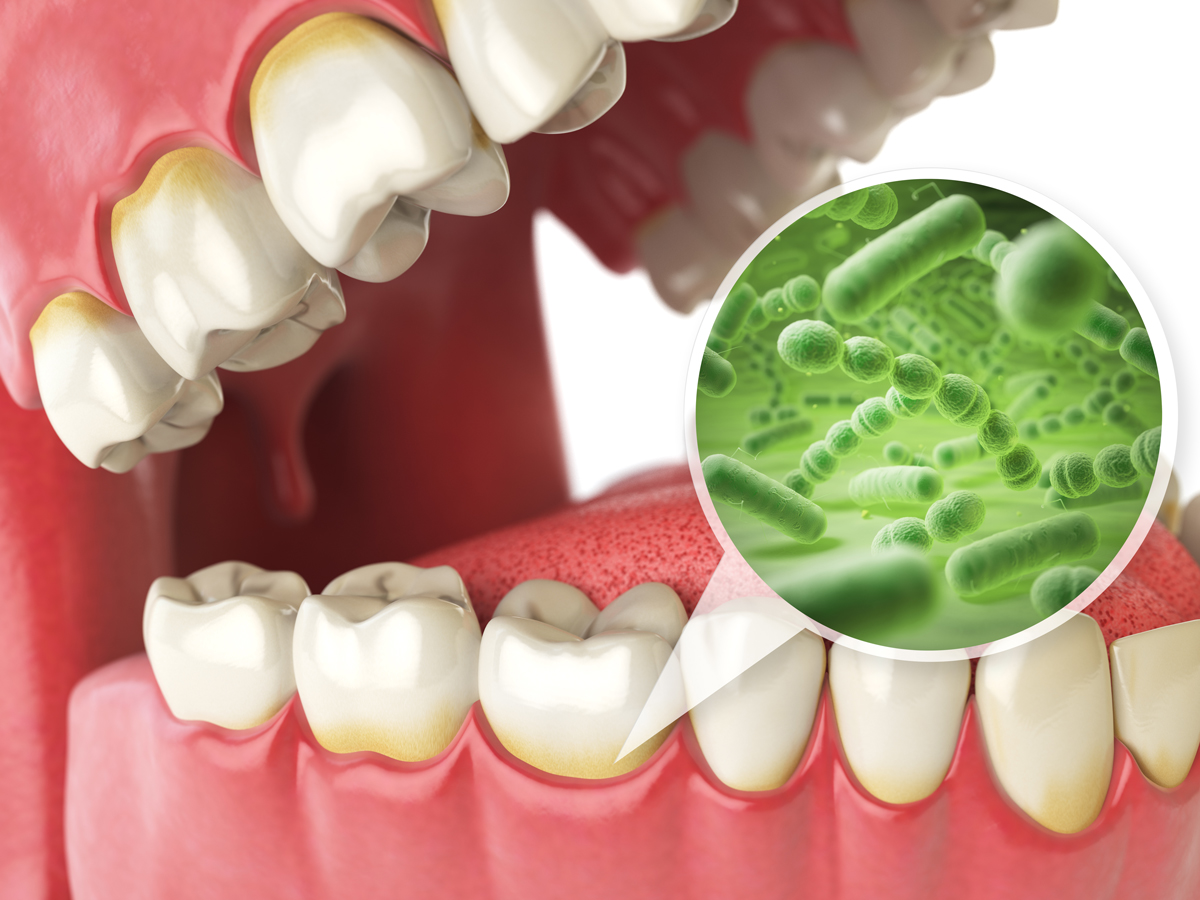On the day that a paper published in BMC Public Health (https://bmcpublichealth.biomedcentral.com/articles/10.1186/s12889-019-7959-7) reports that almost half of British women report poor sexual health, it is worth us considering the specific microbiome that exists in the vagina, and consider strategies we can employ to address the multiple considerations of female intimate health. As with all our microbiomes, we can support the friendly bacteria that maintain and nurture our health.
In previous microbiome blogs we have looked at the gut microbiome in relation to the gut, stress, sleep, the oestrobolome, and oral health. We saw how the ecology of the various microbiomes within our bodies maintain our health, or otherwise disrupts our health. It is now understood that all mucosal surfaces of our bodies contain their own unique microbiome, with the composition of bacteria being intimately related to health or disease states. The vaginal microbiome is no exception and is now a key site for clinical research.
With modern culture independent molecular diagnostic techniques we can map the vaginal microbiome, and understand how the bacteria normally present form a symbiotic relationship with our tissues. Maintaining this healthy community has a significant impact on the health or disease of this area of our bodies. These bacteria exist in a dynamic balance and form complex relationship between themselves, and with our tissues. These organisms maintain a state of harmony, maintaining healthy function and creating conditions that are adverse to the colonisation of unhealthy bacteria, including sexually transmitted infections (STI’s). The beneficial bacteria that exist in a healthy vaginal microbiome maintain an acidic pH that makes it inhospitable for pathogenic organisms. Disruption of the ecology of these bacteria can predispose to conditions such as bacterial vaginosis (BV), chronic urinary tract infections (UTI’s), interstitial cystitis (IC), severe gynaecological conditions such as pelvic inflammatory disease (PID) and other STI’s. Disruption has also been related to miscarriages, infertility and preterm birth. Even more minor problems like dryness, itching and burning can disrupt quality of life and relationships and are worth addressing
The vaginal microbiome can also vary during a woman’s life due to age, pregnancy, infections, pharmaceutical interventions, menstruation, sexual activity, hormone levels, vaginal pH, and personal hygiene practices. As always, a healthy balance within our microbiomes is key at any stage of life.
It is now possible to support the health of this area more precisely as we have a user friendly test of vaginal health and microbiome profile that provides an accurate, reliable and quantifiable measurement of microbiota abundance and host inflammatory markers. The results of this test allows us to design a precise protocol of measures to help to restore balance.
You can also help yourself with simple measures to restore or maintain vaginal health:
Only use water on this area. Perfumed sprays and douches should be avoided to prevent chemicals irritating this area.
When selecting clothing, try to only wear breathable natural fibres.
Be aware that antibiotics can disrupt the ecology of this area. If antibiotics are necessary, supplement with good quality probiotics and eat fermented foods. These strategies have been discussed in previous Gut Matters blogs.
Diets high in sugar and simple carbohydrates can cause an overgrowth of pathogenic species.
Recolonisation of healthy microbes in this key area with specific nutraceutical and lifestyle interventions can help to restore us to healthy balance.



This Post Has 0 Comments